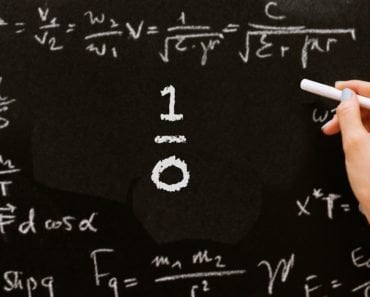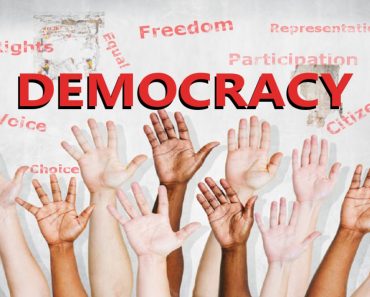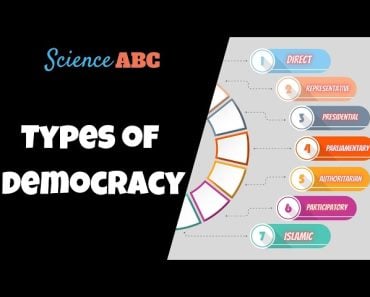Arrow’s impossibility theorem states that it is impossible to have a voting system that delivers fair and sensible results on a consistent basis.
Every vote counts. That phrase is one of the founding pillars of a democracy. However, to be closer to reality, that definition needs some modification. Every vote counts, but depending on the way you count, your result may differ. Sounds problematic, right? If we collectively decide to vote for our favorite fruit, surely the result must be unanimous—it’s mango. Well, it’s not that simple. Rarely do we vote with an absolute majority. Rarer still is the situation when the vote is unanimous.
In most cases, there will be an assortment of preferences with no clear majority. In such situations, we could go down a variety of tracks. We could simply select the one that gets the most votes. We could eliminate the one with the least votes and have another round of voting. We could get people to rank all of them in their order of preference and see which gets the highest number of first-rank votes. We could even implement some voting system of even more sophistication.

What we see is that the results from each voting system tend to differ, and sometimes don’t even make sense. If mango received 35% of the votes, watermelon received 30% and the remainder went to the other fruits, could we still declare mango the winner? Perhaps. Although, what if we eliminated all the other fruits and had a revote? It’s entirely possible that all the votes that had gone to other fruits would shift to watermelon. Going with mango the first time would be wrong then, right?
Recommended Video for you:
Arrow’s Impossibility Theorem
We run into such problems with all kinds of voting methods. In fact, it is impossible to have a consistently fair voting system that delivers sensible results. This proof is essentially Arrow’s impossibility theorem.
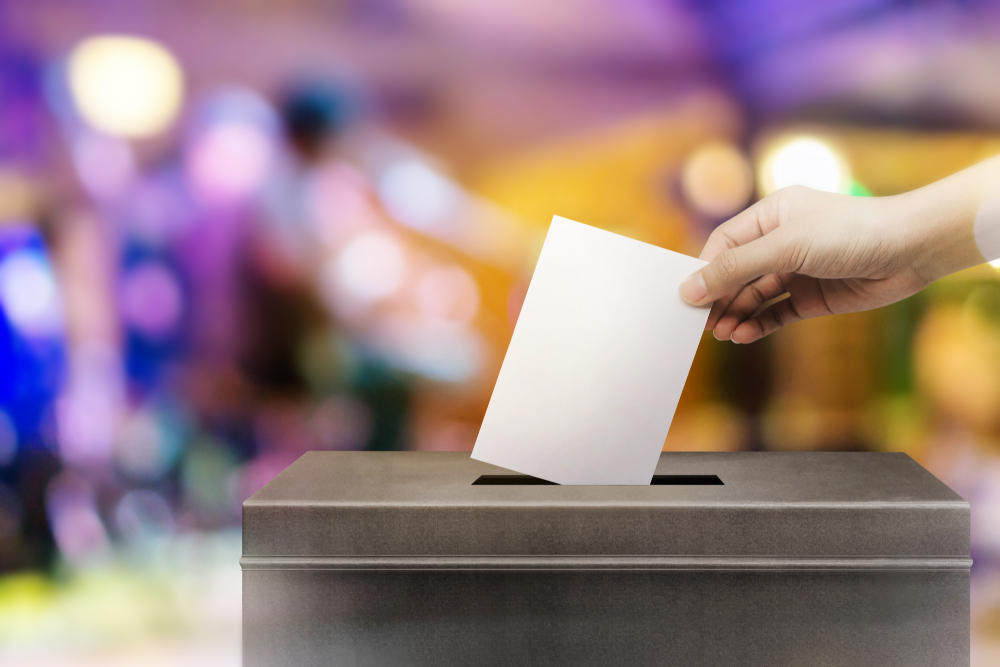
To understand this in greater detail, let’s first dive into what Arrow prescribes as reasonable criteria for a voting system to be fair.
Also Read: Are Democracies Really Capable Of Protecting The Interests Of Minorities?
What Is A Fair Voting System?
Kenneth J. Arrow, one of the most brilliant economic minds of the 20th century and the youngest ever economist to receive a Nobel Prize, worked extensively on fair voting systems.

In order to determine the fairness of a system, Arrow put forth a set of reasonable criteria that need to be satisfied.
- Each voter is unrestricted in the preferences they can have. They can all have any set of ‘rational’ preferences.
- Preferences must be “transitive”. If you prefer mangoes to watermelons and watermelons to bananas, then you must prefer mangoes to bananas. If, in this scenario, for some inexplicable reason, you like bananas more than mangoes, the preferences become “intransitive”.
- The “unanimity criterion” must be satisfied. If every voter gives preference to mango over banana, then the overall result must indicate that the group prefers mango over banana.
- There must be no dictators. The preferences of voters must not align with the strict preferences of any single voter. If one voter decides to pick watermelon as their favorite, other voters must not be influenced by this decision and feel “forced” to pick watermelon.
- There should be an “independence from irrelevant alternatives”. The preference for one item over the other in a pair of items must not depend on other items in the mix. If you choose apples over oranges, then your preferences must not change based on how the opinion about banana may be changing in the voting population.
When you first glance at these criteria, they seem rather obvious. In an ideal scenario, the voting system we use to pick our favorite fruit or our elected representatives must satisfy these criteria. Let’s analyze a few of our most popular voting systems to see whether they satisfy these ‘reasonable’ fairness criteria set forth by Arrow. Spoiler alert: They don’t!
Also Read: Democracy Vs Republic: What’s The Difference Between Republic And Democracy?
The Plurality Method
This is the simplest form of voting. Each voter indicates their preference for just one of the candidates on the ballot. Moving away from the fruit example (finally!), each voter selects their top choice in the election. Then the candidate with the most votes is declared the winner.
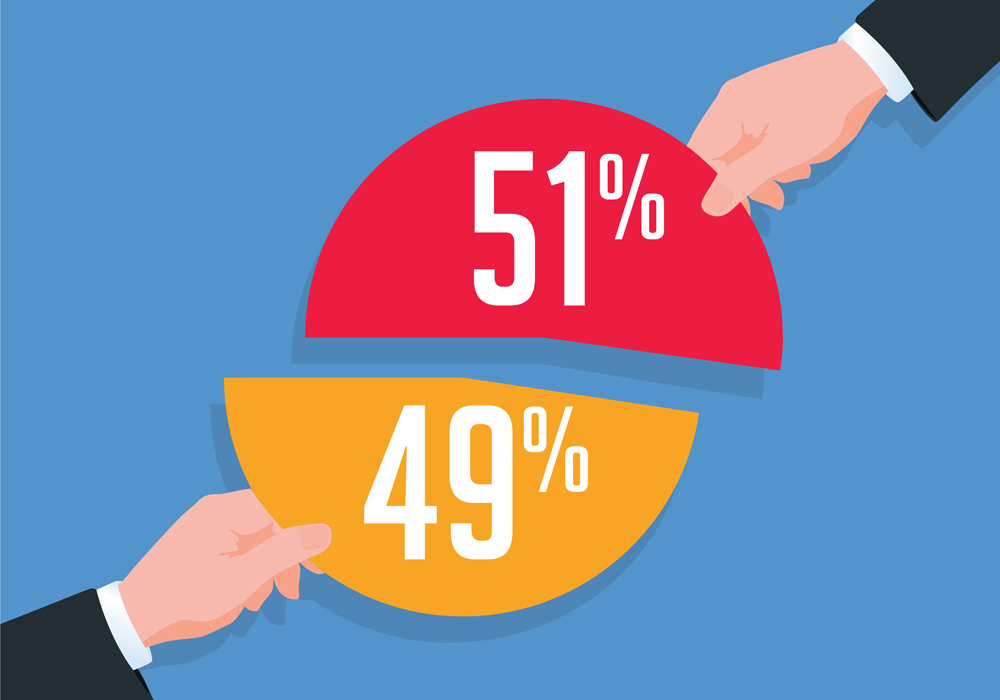
However, in this voting system, there is no independence of irrelevant alternatives. Consider that Alex, Brenda and Clara are on the ballot. Alex gets 40% of the votes, Brenda gets 35% and Clara gets 25%. Going by the plurality method, Alex is the clear winner. However, if Clara had dropped out of the race and all her voters were to vote for Brenda instead of Alex, that shifts the balance of scales. Clara dropping out could change the preferences of voters between Brenda and Alex. In addition, voters may like Alex over Brenda and Brenda over Clara, but they may also like Clara over Alex. Hence, preferences may not be transitive.
Instant Run-off Method
This is a much better method compared to simple plurality. In fact, an instant run-off is popularly used in numerous local government and non-government elections. In this method, voters don’t just select their top choice, but give their order of preference for all candidates. At the end of each round, the candidate with the least number of votes as the top preference of voters is removed. If Brenda gets only 30% of first-preference votes, she is eliminated. In the next round, all of Brenda’s supporters’ votes are given to their second choice, let’s say Alex. This process continues until we get a majority. Seems efficient, isn’t it?

Well, not exactly. This method still does not return sensible results in all cases. Consider the following case:
There are 9 voters voting in a local election (it’s a pretty small neighborhood). These 9 voters provide their order of preference for Alex, Brenda and Clara. 4 of them go with Clara-Alex-Brenda. 3 of them go with Brenda-Alex-Clara. Just 2 of them select Alex-Clara-Brenda. Alex has clearly received the least number of first preference votes, so she is eliminated. In the next round, the preferences are 6 for Clara first and Brenda second, while just 3 for Brenda first and Clara second. Clara is the clear winner. However, in the first round, 6 of the 9 voters gave preference for Alex above Clara. If there was a simple plurality election between Alex and Clara, Alex would have won. The inclusion of Brenda altered that outcome. Irrelevant alternatives are still playing the spoiler role!
Borda Count Method
This method tries to deal with the issue of an instant run-off by assigning points to each level of preference. The lowest preference gets 1 point, the second lowest gets 2 points, the third lowest gets 3 points, and so on with the first preference getting the highest number of points.
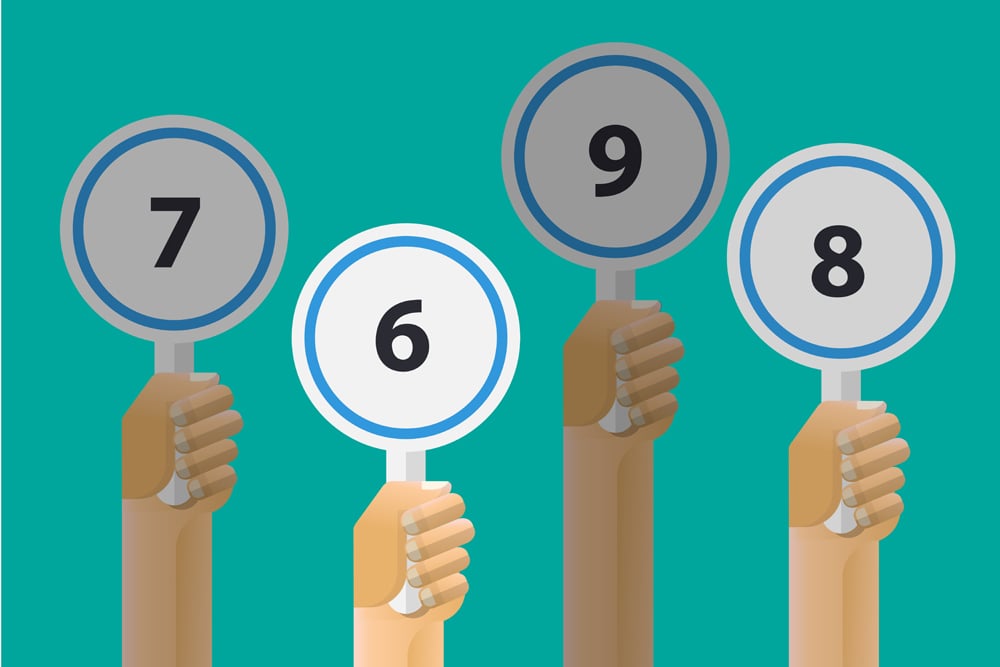
Let’s summarize the election results from the previous example.
| Number of Voters | 4 | 3 | 2 |
| 1st choice (3 points) | Clara (12) | Brenda (9) | Alex (6) |
| 2nd choice (2 points) | Alex (8) | Alex (6) | Clara (4) |
| 3rd choice (1 point) | Brenda (4) | Clara (3) | Brenda (2) |
As per the table, the Borda count points stand as follows – Alex: 20, Brenda: 15, Clara: 19
Alex is the clear winner with the most points. This seems appropriate, right?
Let’s consider a different example. This time, there are four candidates, Alex, Brenda, Clara and Daniel.
| Number of Voters | 6 | 2 | 3 |
| 1st choice (4 points) | Alex (24) | Brenda (8) | Clara (12) |
| 2nd choice (3 points) | Brenda (18) | Clara (6) | Daniel (9) |
| 3rd choice (2 points) | Clara (12) | Daniel (4) | Brenda (6) |
| 4th choice (1 point) | Daniel (6) | Alex (2) | Alex (3) |
Once again, the Borda count points stand as follows – Alex: 29, Brenda: 32, Clara: 30, Daniel: 19
In this case, Brenda has the highest number of points, so obviously, she’s the winner, right? Perhaps. However, look at the table closely. Notice that Alex has the majority of the first-preference votes. If the majority of the voters pick Alex as their preferred choice, shouldn’t she be the real winner of this election?
The Electoral Reform Society in the UK summed up this issue quite gracefully:
“The Borda Count tends to elect broadly acceptable candidates, rather than those supported by the majority.”
There are several other election systems that we could explore, but we will end up with the same conclusion: the systems are not reasonably fair. It is impossible to have a system that is reasonably fair and delivers sensible results all the time—at least for now. I’d be delighted to see if one of you geniuses out there actually ends up creating a perfectly fair voting system!
Critique Of Arrow’s Impossibility Theorem
While Arrow’s theorem has been widely regarded as a seminal piece of work in the field of social choice, it does have a few issues. While Arrow accounts for an individual voter’s order of preference, he does not account for the intensity of each preference. On a scale of 1 to 5, how much more does a voter prefer their first choice over their second? Sometimes the difference may be marginal (1) and other times, the difference may be great (5). The theorem also omits interpersonal comparison between voters. Essentially, voter A might have more to gain by Alex winning the election as compared to voter B. B may be significantly worse-off than A if Alex wins the election (for whatever reason). Finally, Arrow’s theorem makes the assumption that voter preferences are rational. Throughout time, society has seldom behaved rationally… if ever.
References (click to expand)
- Arrow's Theorem Proves No Voting System is Perfect - The Tech. tech.mit.edu
- Instant Runoff Voting: Looks Good--But Look Again. Columbia University
- (2014) Arrow's Theorem - Stanford Encyclopedia of Philosophy. The Stanford Encyclopedia of Philosophy
- Voting Research - Voting Theory. Princeton University
- Borda count - www2.math.upenn.edu
- Maskin, E. S. (2019, August 2). The Economics of Kenneth J. Arrow: A Selective Review. Annual Review of Economics. Annual Reviews.



